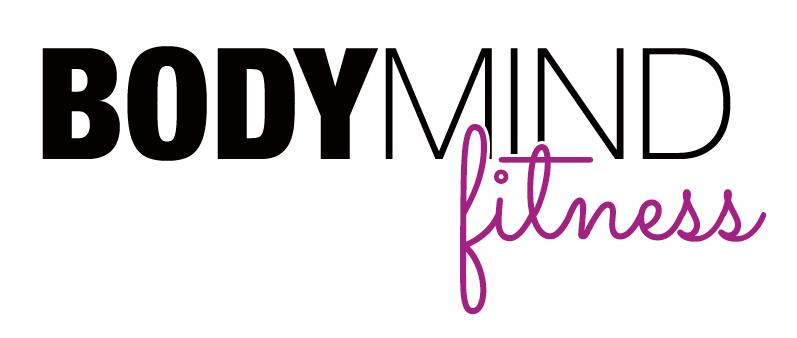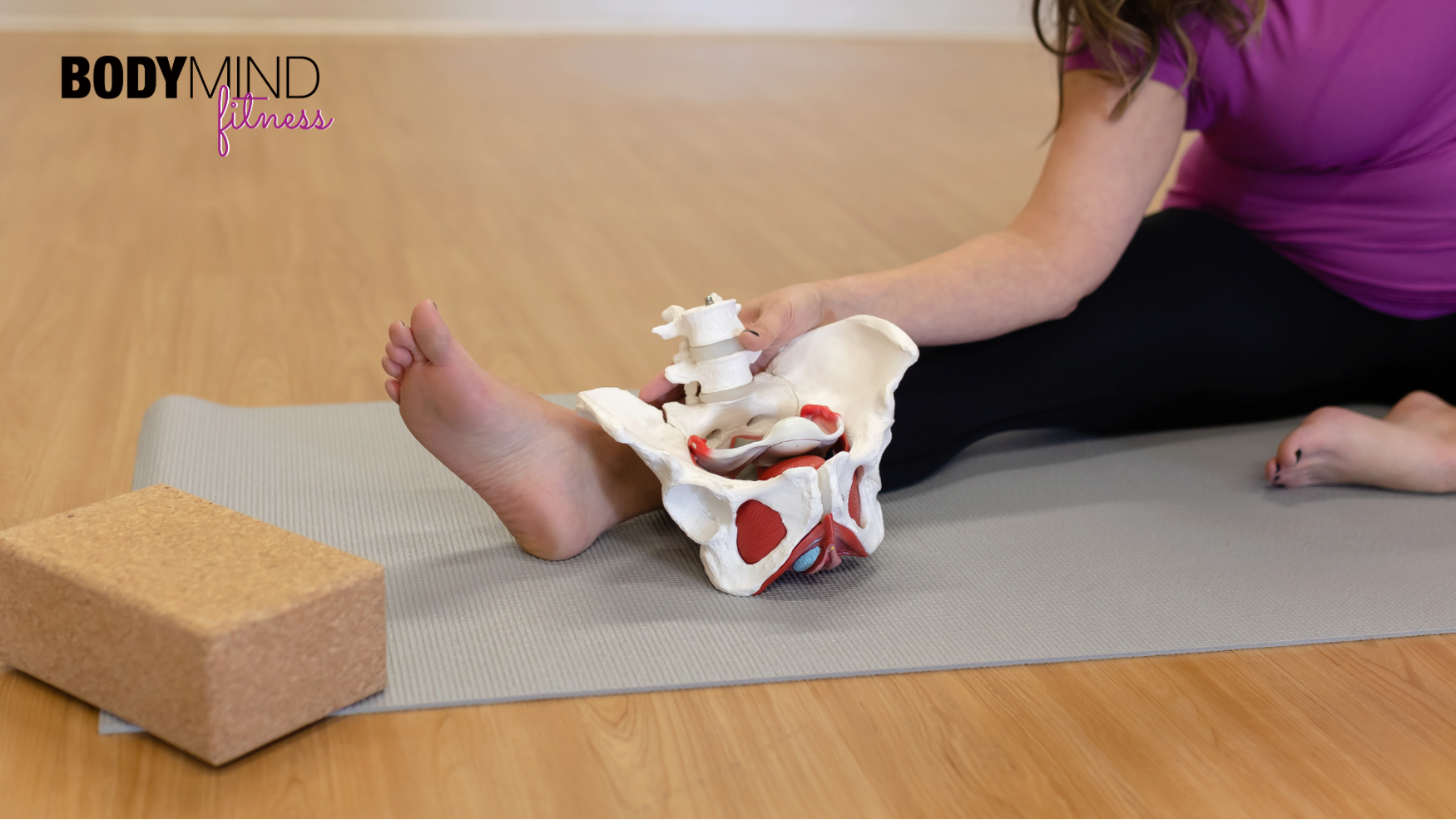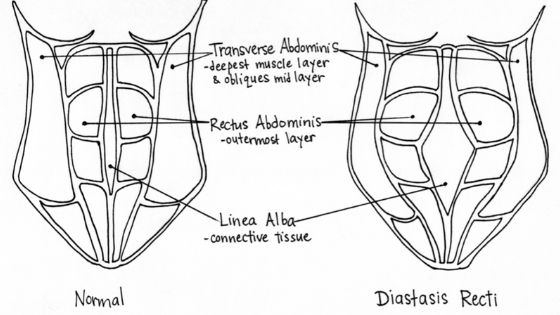We all know exercise is good for you, and strength training is particularly beneficial though most people tend to shy away from it. Woman worry about bulking up, older students worry about it being too strenuous for them are just some examples. Cardio and Yoga are the lead contenders for types of exercise students choose to participate in, however there are benefits to strength training that go beyond the obvious fat loss and muscle toning. Strength training can also help maintain healthy bone mass and prevent age related muscle loss - which can start as early as in your 30s.
There is so much that I could touch on when it comes to the benefits of strength training, but today I want to focus on the importance of incorporating Functional Movement and Strength into Yoga classes and why this is becoming a growing movement.
What is Functional Movement?
They are movements required in everyday living - squats, lunges, twists, hinging, pushing and pulling. During an episode of The Connected Yoga Teacher Podcast, Dr. Ariel Foster says, “Functional Movement means things like getting on and off the floor while holding a baby, so you don’t have to use your arms. being able to climb over an obstacle, get onto a high bed, climb a ladder, pull yourself up […] specialized movements are things that don't really have a main function outside of their main sport […] Warrior 1 is a specialized lunge that doesn’t have a necessity off the mat.”
She’s right, how often to we find ourselves in Warrior 1 in our everyday lives.
It was an eye opening moment and it began to reshape my thoughts on how to actually bring Functional Movement patterns onto the yoga mat with traditional props that you would find in a yoga studio. I started researching. Taking note of where Functional Movement actually exists in yoga, where it is lacking, and how to add strength and stability to the body when you reach your furthest range of motion.
You may be asking, why not just lift weights and take a yoga class? Time is precious to me around this time. Strength training took a backseat and I was practicing yoga exclusively. I began adding these strength aspects to my yoga sequences and felt stronger and more energetic immediately - an overall sense of feeling better. I realized that many of my yoga students were not able to find time for strength training and/or didn’t know how to bring it into their own exercise. I gradually started incorporating aspects of my own practice into my classes to see the impact it would have. It didn’t take long for my students to notice the effects of this new integration into the Small Group Classes and they loved it!
I am not saying that all yoga should contain functional movements and strength. If you have the opportunity to lift weights and move functionally separately from yoga, then continue to enjoy your traditional yoga practices. If strength is missing from your weekly routine, consider adding true functional movement to your yoga so you can experience stability and strength when you are in your furthest ranges of motion. I am not saying we should eliminate the way we practice yoga, but be mindful of what you are doing and what may be missing for your physical activity.
Traditional yoga poses have there place when balanced with activity that provides the body everything it needs to function optimally.
There are some out there who will completely disagree with what I am bringing my students and call it “watered down yoga” or that I am trying to market my yoga as a fat loss class, this isn’t what I am marketing at all. The way I see it, the world is changing; many of us spend our working days sitting or standing for extended periods of time and living a sedentary life. Try adding Strength to your Yoga practice so you can optimize your practices and move through life with more balance and ease.
Snag a spot in the upcoming Small Group Yoga Classes. Sign up today!





